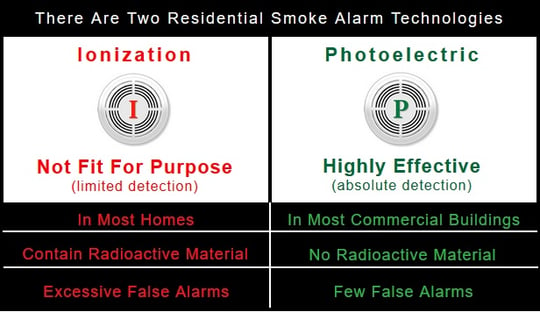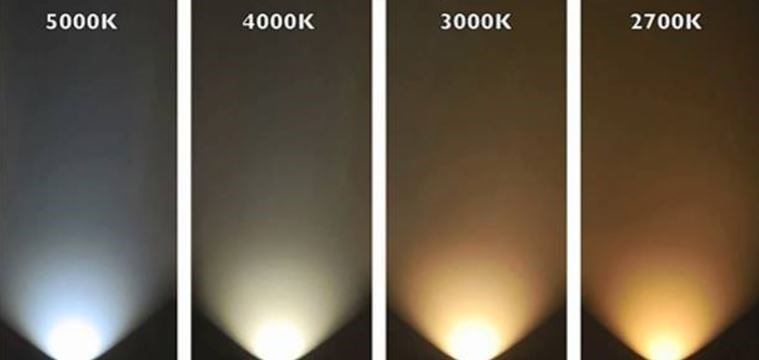These FAQ’s are intended as a resource for the awareness and prevention of Carbon Monoxide dangers for the residents of Adelaide and South Australia.
What is Carbon Monoxide?
Commonly known as ‘the silent killer’ Carbon Monoxide...
On Boxing Day in 2011 celebrity chef Matt Golinski lost his wife Rachel and three daughters Sage, Willow and Starlia to a fire in their house. Matt was badly burned. The fire was believed to have started from Christmas tree lights or a power board. The family received no warning from 2 ionisation alarms fitted to the house, indicating the alarms did not provide an early warning for escape.
By the time both parents awoke and were alerted to a fire, the house was engulfed. Matt was unable to battle through the heat despite repeated attempts to save Starlia. Rachel tried to save twins Sage and Willow and perished in the fire with her daughters.
Five years later the Coroner’s findings also makes mention of the Slacks Creek fire in which 11 people died in 2011 and the views of various experts. Within there is a clear mention of the need to amend legislation to enforce photoelectric smoke alarms to be the only type fitted to Australian homes.
Photoelectric smoke alarms are the only type of alarm recommended by all Australian Fire Brigades since 2006, yet there is no legislation to impose this.
What’s concerning is that most homes in Adelaide contain ionisation smoke alarms once thought to be safe. Even worse, they are still being installed in some homes because they are cheaper than photoelectric smoke alarms and installers either aren’t aware of best practice and recommendations or quoting cheapest possible prices.
Ionisation smoke alarms work by detecting very small smoke particles. So small in fact that the particles are considered to be invisible. These types of particles are emitted in fast flaming fires.
detecting very small smoke particles. So small in fact that the particles are considered to be invisible. These types of particles are emitted in fast flaming fires.
Photoelectric alarms detect large smoke particles. These large smoke particles are the visible parts of combustion and usually produced in a smouldering house fire.
In your home most fires are considered to be a smouldering fire. These fires do not need a large source of heat to start and can maintain themselves. They slowly and silently smoulder away without flame. Examples are electrical heat sources, candles and cigarettes. These fires produce large amounts of toxic gases as well. Have a look around your house and you’ll find curtains, furniture, couches, mattresses, clothes etc. These items all assist a smouldering fire. Eventually flash over will occur which means everything ignites and the house is engulfed in fire.
Ionisation smoke alarms are often set off easily by toasters, cooking and other sources of heat. In doing so they give us the impression they do indeed work and perhaps work too well. The nuisance alarm! The fact is they are set off by the very small combustion particles. Remember a smouldering house fire does not produce these tiny smoke particles.
The Australasian Fire and Emergency Services Authority Council (AFAC) is the peak representative body for all Australian Fire Brigades including the South Australian MFS. Their official position statement on smoke alarms states the following:
All residential accommodation should be fitted with photoelectric smoke alarms.
Photoelectric smoke alarms detect smouldering fires and fires that start remote from the smoke alarm significantly earlier than ionisation smoke alarms.
Ionisation smoke alarms may not operate in time to alert occupants early enough to escape from smouldering fires.
Lorem ipsum dolor sit amet consectetur, adipisicing elit. Ipsa libero labore natus atque, ducimus sed.
Detectors, FAQ's, Carbon Monoxide, Electrical Safety, Adelaide Electric
Commonly known as ‘the silent killer’ Carbon Monoxide...

FAQ's, Handy Tips, Energy Efficiency, Adelaide Electric
With the advent of LED lights, I’m often asked about the terminology found on packaging and light globes in regards to LED lighting. What do all those numbers and letters on the light...